It’s easier than ever to find a mattress without fiberglass due to growing awareness about the safety of the material. The best mattresses we've tested use alternative materials to fiberglass, such as plant-based flame retardants. However fiberglass is still used in many low- and mid-cost mattresses — and manufacturers aren’t always upfront about it.
Fiberglass is a synthetic, heat-resistant material consisting of fine strands of glass and resin. It’s used as a fire barrier in some mattresses because it’s cheap to make. While fiberglass is safe to sleep on if your mattress is securely sealed, it can cause skin irritation and breathing problems if you're exposed to the material.
Here’s what you need to know when shopping for a mattress without fiberglass, and how to spot them in the upcoming Presidents’ Day mattress sales.
The top red flags to look
The most obvious sign that a mattress contains fiberglass is if it explicitly says so on the product label. But what are the less obvious indicators? Here are a few red flags to watch for when shopping for a mattress without fiberglass:
- The brand uses alternative terms: If the label or product page mentions “glass wool,” “glass fiber,” or “fiber reinforced plastic,” that means the mattress contains fiberglass. “Silica” may also be used to describe fiberglass as a way to mislead consumers.
- You’re advised not to remove the cover: This is particularly telling if the mattress has a zippable, removable cover. In most cases, this is to prevent exposure to fiberglass.
- The details about the fire barrier are vague: If a brand isn’t direct about the type of fire barrier used in its mattresses, there’s chance it could be fiberglass. You’ll have to contact the company to be sure.
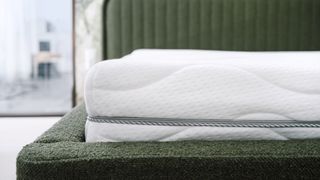
While some brands are open about the materials they use for their fire barriers and put it on their labels, others tend to keep this information vague or bury it on an FAQ page. If you can’t find definitive information about the type of fire barrier a mattress uses, contact the brand’s customer service department.
Do all mattresses contain fiberglass?
Not all mattresses have fiberglass, with many brands now relying on other flame-retardant materials that pose fewer health risks. Alternatives to fiberglass include polyester, rayon, wool and plant fibers like cotton, thistle pulp and linseed.
Some manufacturers claim to use silica when they mean fiberglass (silica is used in the production of fiberglass). However, some brands truly use silica — just be aware of the type. Hydrated silica powder is generally considered safe.
What if your mattress has fiberglass?
If the mattress is meeting your sleep needs, you don’t have to replace it. But we highly recommend wrapping it in a mattress protector designed to trap loose fibers. Never open the mattress cover.
You’re likely to pay more for a fiberglass-free mattress. Most cheap mattresses use fiberglass to help keep costs low. Some mid-range mattresses-in-a-box may also include fiberglass, but it’s exceedingly rare among luxury mattresses.
Opting for one of the best organic mattresses with certified organic and non-toxic materials is a bonafide way to ensure you won’t be sleeping on top of fiberglass. You’ll need to stretch your budget for a natural or fully organic mattress, but we think they're worth it for longterm good sleep health.
Safe alternatives to fiberglass
As more consumers raise concerns about fiberglass in mattresses, many sleep brands are turning to safer materials that still comply with the Flammable Fabrics Act, which says that all mattresses sold in the US must have a fire barrier. Popular alternatives to fiberglass are wool, cotton, polyester, and rayon.
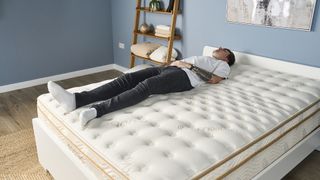
Some brands take an extra step by blending materials for their fire barriers. Saatva — which makes the best hybrid mattress we’ve tested — uses a natural, plant-based thistle made of pulp bonded with polyester or wool in most of its beds. Bear mattresses contain WhisperShield, a specialist material made without toxic chemicals.
Mattress brands that don’t use fiberglass
To avoid any unpleasant surprises, we’ve compiled a list of brands that have confirmed (either on their websites or directly to us) that their mattresses don't have fiberglass. Note that this isn’t an exhaustive list.
- Avocado: The premier organic sleep brand uses GOTS-certified organic wool as a fire barrier. Its vegan mattresses swap wool for natural graphite powder or hydrated silica. Learn more at Avocado
- Awara: Awara’s organic mattresses use 100% organic New Zealand wool fibers plus a natural silica-based fire retardant. Learn more at Awara
- Bear: Every Bear mattress features WhisperShield, described as an “environmentally friendly, inherently flame-proof rayon” made without toxic chemicals. Learn more at Bear
- Big Fig: One of the best mattresses for heavy people, Big Fig uses a blend of linseed, cotton, and flax. Learn more at Big Fig
- Birch: Birch uses 100% organic wool as a flame barrier in its eco-friendly mattresses. Learn more at Birch
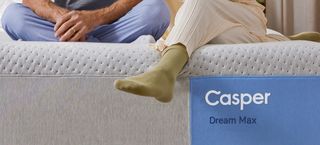
- Casper: A Casper Sleep Specialist confirmed to us that current Casper mattresses use rayon-based fibers. Models produced before 2024 have a knit fire sock with single-strand fiberglass. Learn more at Casper
- Helix: The brand behind the best mattress for side sleepers opts for yarn made from cellulose-derived rayon. Learn more at Helix
- Nectar: A spokesperson for Resident Sleep (Nectar’s parent company) says that the current Nectar lineup uses rayon (mainly derived from wood pulp) or a rayon and polyester blend. Previous-gen Nectar mattresses have fiberglass. Learn more at Nectar
- Nolah: This top-rated mattress-in-a-box brand boasts that all of its mattresses are fiberglass-free but doesn’t go into detail on its website. A Nolah representative told us its mattresses use a hydrated silica sock, while the Nolah Natural uses wool. Learn more at Nolah
- Saatva: Most Saatva mattresses use a natural, plant-based thistle bonded with polyester or 100% GOTS-certified organic New Zealand wool. The all-foam Contour5 has a Greenguard Gold Certified flame barrier, while the brand’s latex-based mattresses use 100% GOTS-certified organic New Zealand wool. Learn more at Saatva
Toxin-free certifications to look for
Shopping for a mattress without fiberglass is one way to ensure healthier sleep. Another way to do this is to look for mattress certifications that guarantee a mattress is free from harmful chemicals. These aren’t always a guarantee that a mattress is fiberglass-free, but are usually a good indicator.
These aren’t limited to organic mattresses — the best memory foam mattresses and hybrids can earn certifications for using materials that are low in emissions and screened for carcinogens, mutagens, and reproductive toxins.
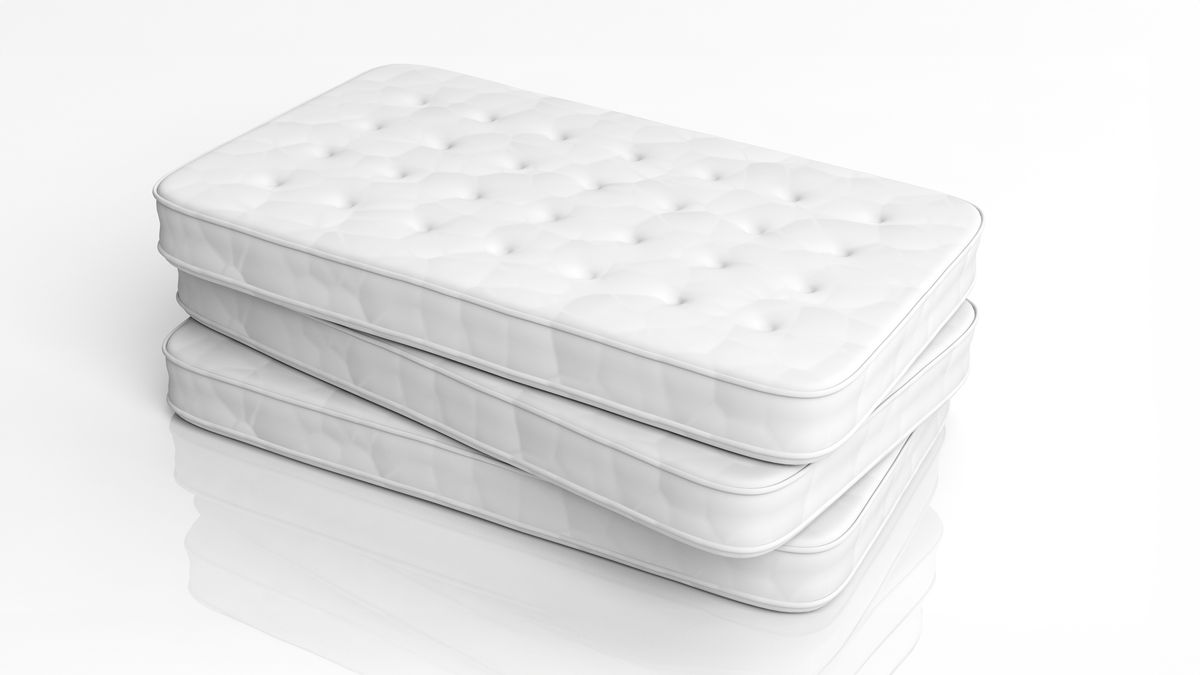
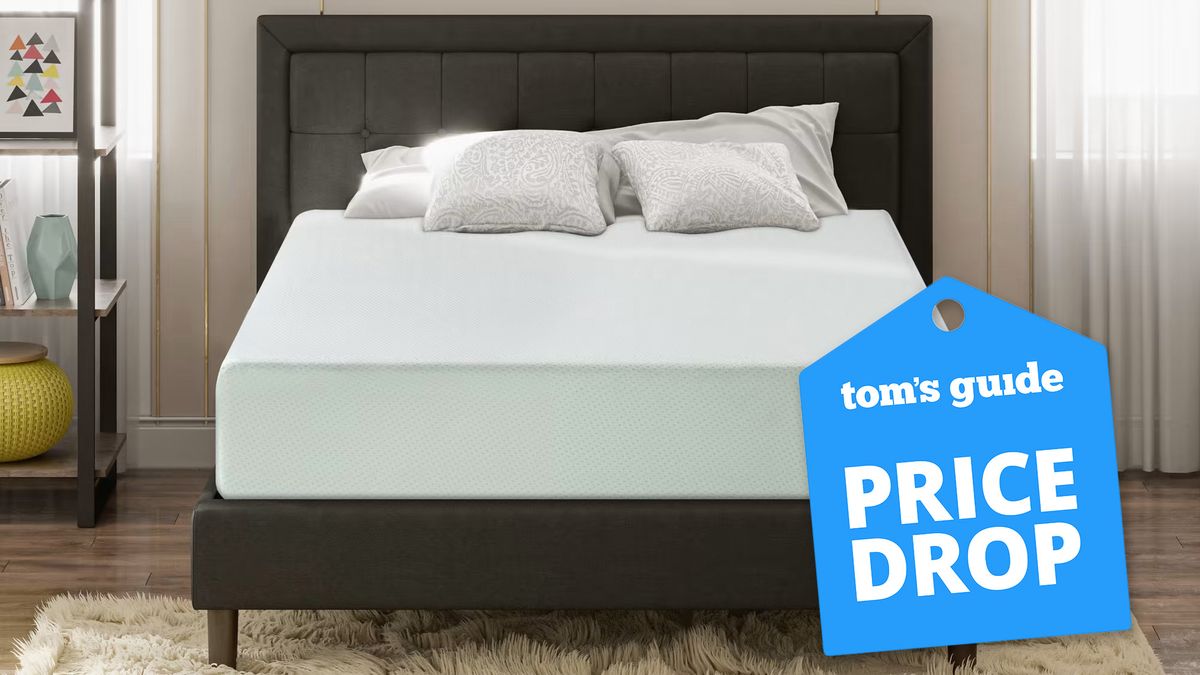




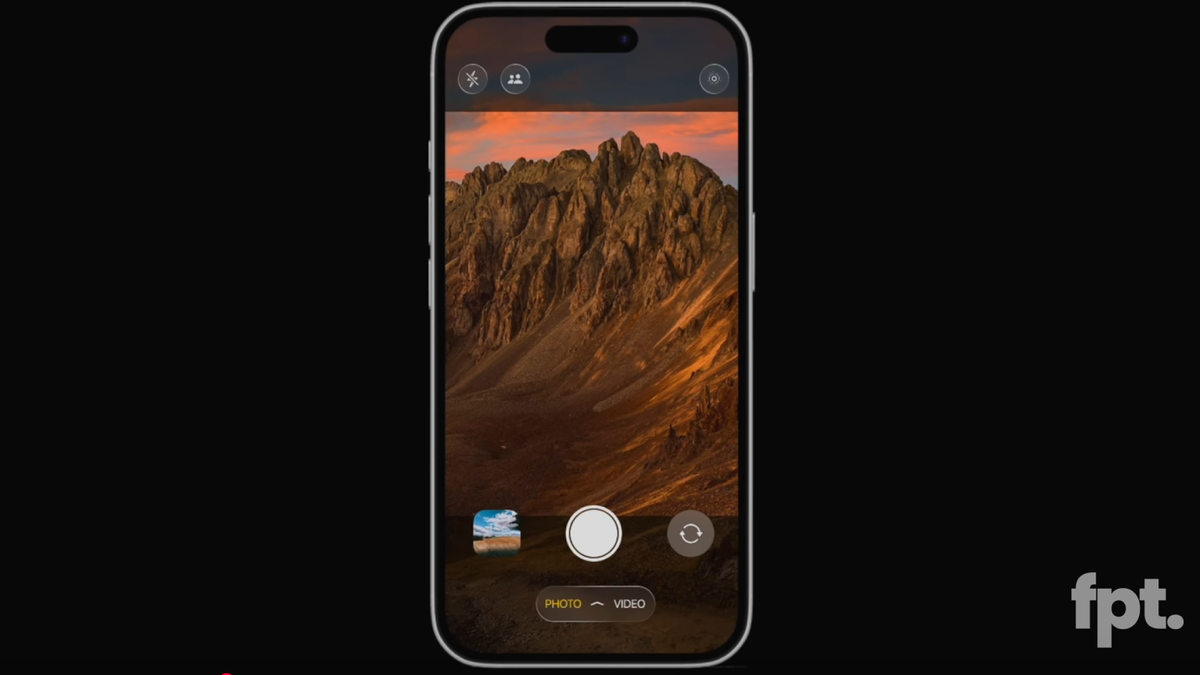
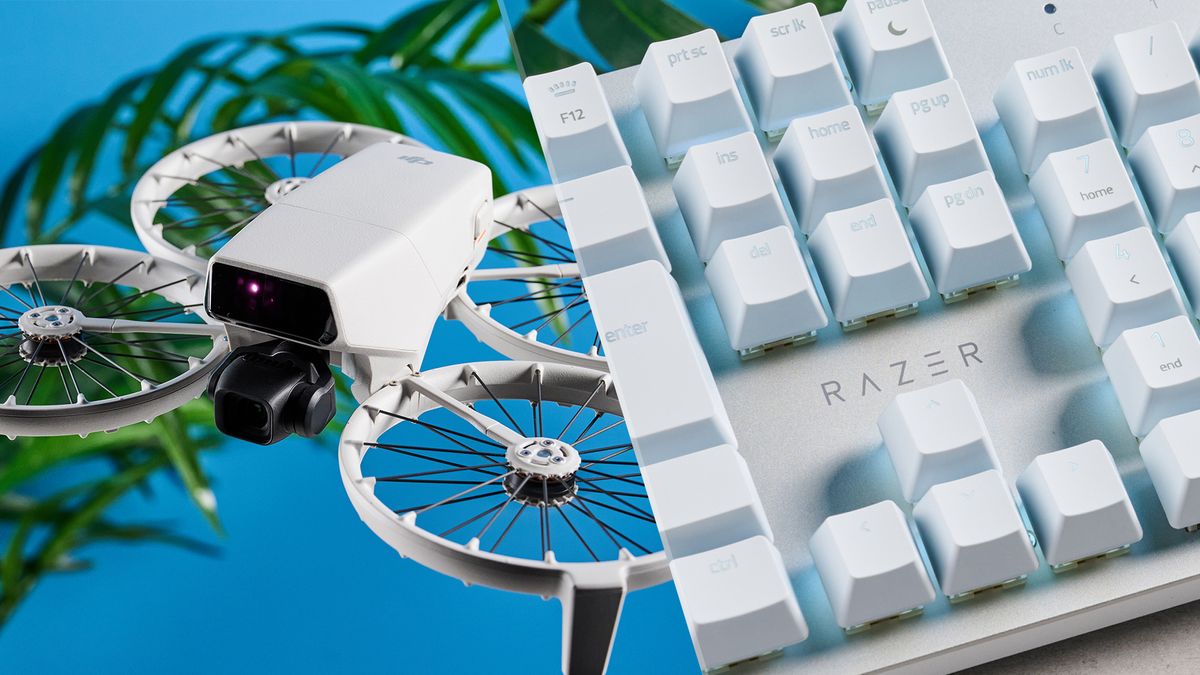

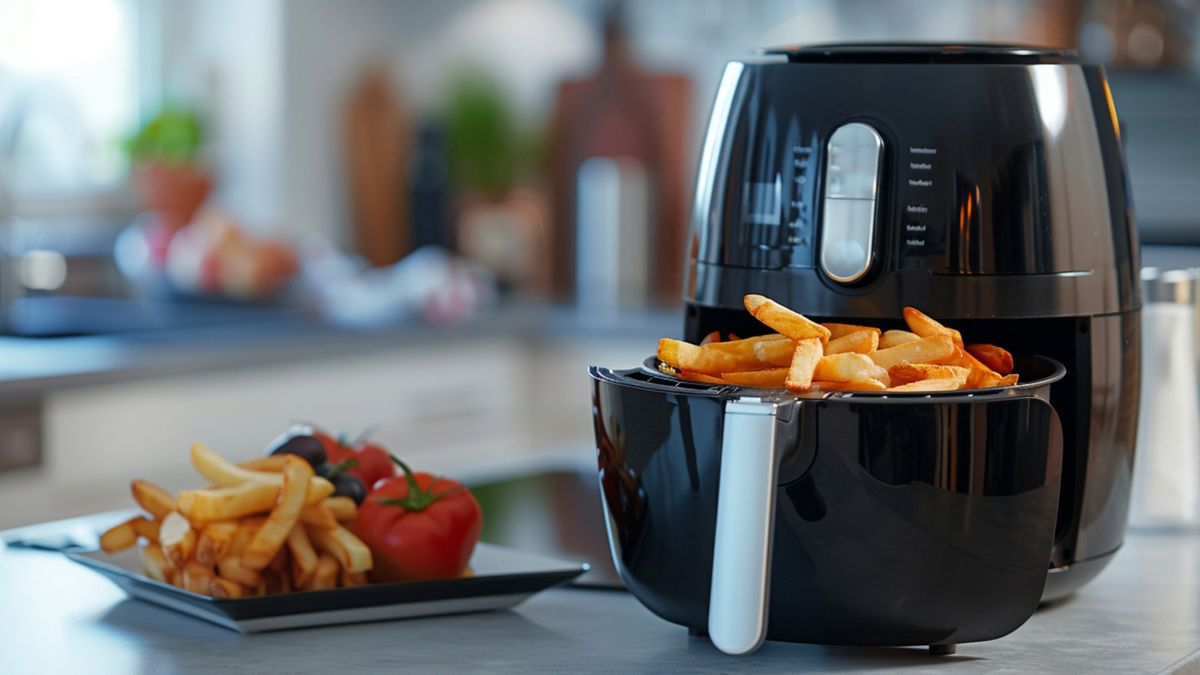

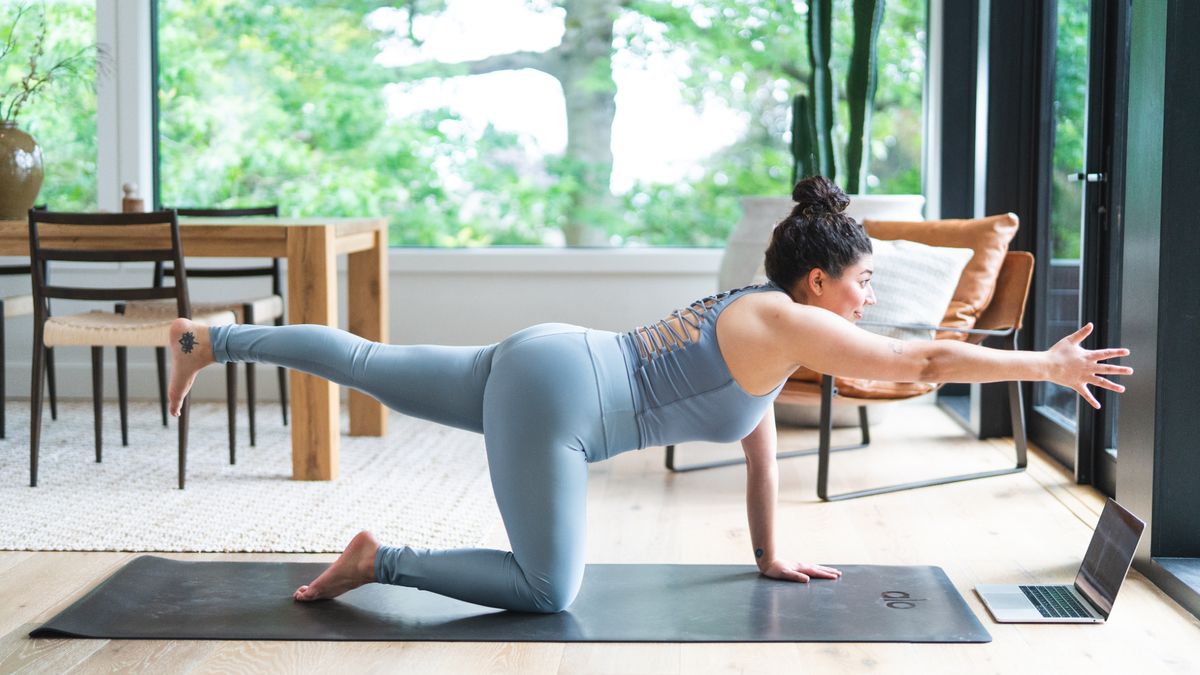









 English (US) ·
English (US) ·